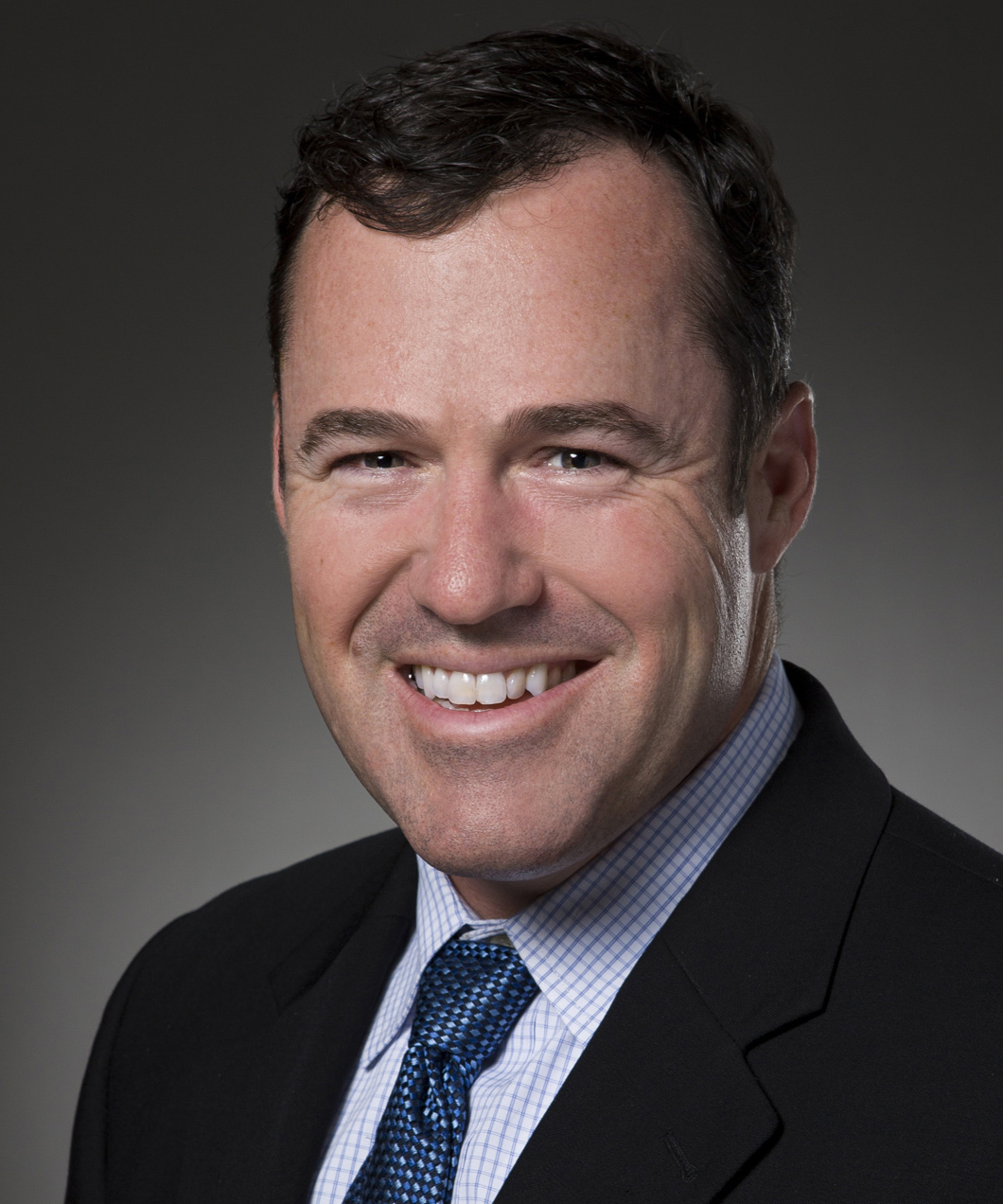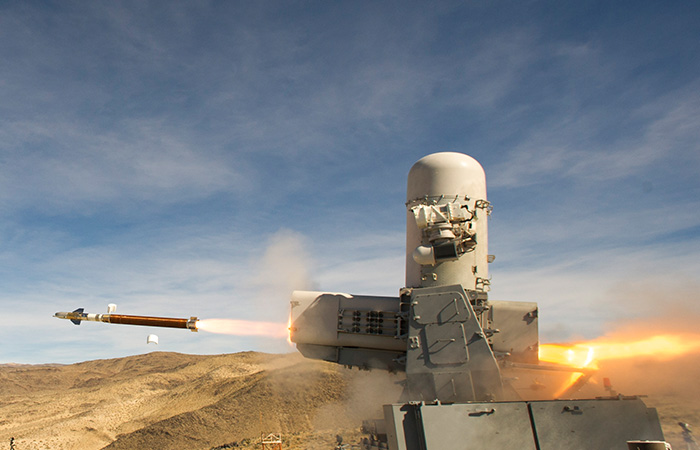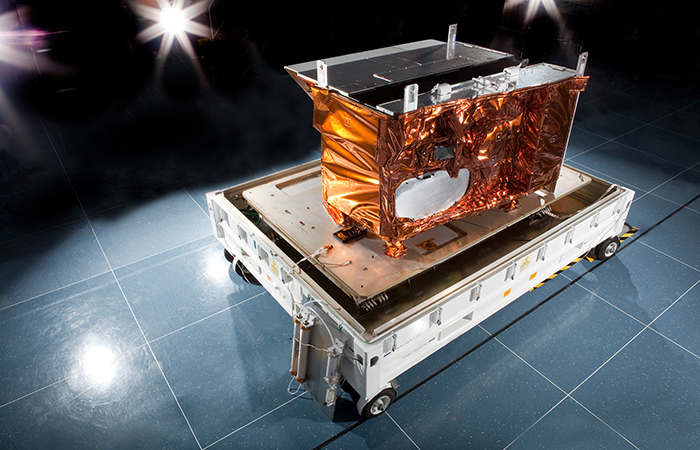
A different kind of space race: Raytheon’s vice president for Space Systems says competition is fierce and more complex than ever when it comes to launch development. Stuart Nathan reports
The space race is on again. But this time it’s different. That, at least, is the perception of many industry observers. There is certainly competition in space. “But is it a race? That’s less clear,” says Wallis Laughrey, speaking to The Engineer during a conference on the space industry in the palatial surroundings of the Royal Aeronautical Society in Knightsbridge.
“In the classic space race, or what we might call the first space race, the situation was very clear,” Laughrey explained. “The competitors were well defined: the US and Soviet Union. And so were the goals. The first finishing line was to get a spacecraft into orbit – the Soviet Union won that one. The second was to maintain life in orbit – the Soviets won again. Then to get a man into orbit – same result. The ultimate finishing line was to land humans on the moon – in this case, the US won.”

But now, the race is less defined. Other countries are involved along with the US and Russia: the European Union, China and India being the most important. And there are also commercial players: Space X, Blue Origin and Virgin Galactic among them. “And they are striving towards different goals, some of which are commercial rather than linked to specific feats. Back in the 1960s, it was not apparent that there would be any commercial business around space; it was such an expensive game that only nation states could afford to play.”
Despite this, in the free market economy of the 1950s and 1960s US, commercial businesses were deeply involved in the space race and Raytheon was one of the first to be involved, building launchers and other hardware for some of the first American missions. Indeed, the main site of Raytheon’s space business, just outside LA, is the middle of a cluster of companies that were involved in those early flights, and remain involved today.

“As you fly into LAX, you see the Boeing satellite plant, which is the biggest satellite factory in the world. Northrop Grumman is a mile down the road, and we are six blocks south. Right in the middle is the Air Force Space and Missile System Centre where they acquire GPS signals.”
But the reality is that space is now more complex than ever, Laughrey stressed. “The linearity is different now, so to speak. There are a whole lot of different races and not everybody is involved in all of them. The launcher race is a great example: you have Space X, Blue Origin, the United Launch Alliance, Ariane, the Russian Soyuz business and NASA’s own Space Launch System, which it is developing – and in the case of ULA and NASA, they contract out to commercial companies to build their hardware like they used to in the old days.
“But the launcher companies are not involved in the races to build the hardware that actually sits in orbit. So those are distinct competitions, and that’s not a situation that existed in the first space race. And again, when it comes to payload there are distinct races.
“There is competition over low Earth orbit technologies. There is competition over big geosynchronous telecommunication satellites. There is competition in Earth observation for commercial purposes, like monitoring shipping. This is much more like competition in any other commercial market with various niches: you could compare it to competition in the automotive sector with small cars, people carriers and SUVs. It’s a space race, but it’s not like the space race that was part of the Cold War.”
Raytheon’s current space business is centred on its expertise in payload, Laughrey said. “We have a portfolio of technology that isn’t really specific to any particular category of payload. Much of it comes out of our airborne side, and takes in things like focal plane arrays, mirror technologies and associated electronics. It’s a toolbox of stuff that is applicable in some way to a very wide range of missions.”
Laughrey himself comes out of the airborne side. His career started in the US Air Force. “But I grew up in the space business. I was on the space side in the Air Force, and then I worked within Northrop, and from there I moved to Raytheon.”
Raytheon is most closely associated with the defence sector, and it’s in defence-related applications that Laughrey is seeing the most activity for his company. “The area where we are seeing the most interest is in missile warning and missile defence, which is in response to the proliferation of advanced missiles being developed in many nations. And we’re seeing a lot of interest in the international marketplace for sovereign capability as well.
“Technologies that are relevant here include things like persistent overhead infrared. But although we are seeing this interest in sovereign capability, that isn’t just about missile activity. There is a real recognition that space is the front end for all sorts of advanced technology and it ends up birthing a lot of things across a huge range of sectors including, importantly, medical technology. That recognition is something we are seeing particularly in the UK, and it’s just brilliant.”
One area that Laughrey says is particularly interesting at the moment it space telescopes. This is partly because the long-term mission to replace the now-ageing Hubble orbital telescope is coming to an end with the completion and imminent launch of the James Webb space telescope (JWST), a much larger and more complex instrument that will sit at a distant point in space and study the colder parts of the universe for clues about its origins. The forward-looking and long-term nature of scientific space missions means that even before the launch of JWST, NASA is starting to look into the future at what the next stage in its universe-observation activities might be.
“They have already started studies into what they want to look for with future generations of space telescope. We have a technology we have been investing in for 30 years called rotating synthetic aperture, and that is of interest because it allows you to effectively collect light from whatever part of the electromagnetic spectrum you are studying as though you had a much larger collector than you actually have.
“JWST has a much larger mirror than Hubble, although it folds up for launch. But it’s still extra weight, and of course in the space business you want to reduce launch weight as much as you can. So although researchers want to be able to collect more light, they want to be able to do it with smaller and lighter equipment. Rotating synthetic aperture allows you to get a significantly larger light collecting area: you rotate your light-gathering equipment across the whole scene and integrate the data into a single large image, but you do that with a low mass to orbit.
“The National Academy of Sciences is doing studies into four technologies for what they think the next great space observatory might be, and rotating synthetic aperture could be relevant to three out of those four.”
In the febrile nature of the space sector at the moment, it is unclear whether such technology will have applications in the private sector, but Laughrey points to companies like Planetary Resources, which is investing in space telescopes to prospect for deep-space bodies that could be investigated for mineral mining.
“We are at a really exciting point where people are investigating so many things and it isn’t really possible at the moment to say where it will end up. It’s almost like the aerospace sector at the beginning of the 20th century where it wasn’t apparent for quite a long time whether the flight would have any commercial spin-offs, and what those spin-offs might be. People are making serendipitous discoveries because they are taking a chance.
“One good example is something that happened at NASA Ames. Some years ago they had excess launch capacity on a lunar reconnaissance orbiter mission, so they asked if anybody had any ideas what they could do with it. Northrop Grumman came up with the idea to launch a small probe from the orbiter into a crater on the moon because there was the idea that there might be water under its surface. No one was really sure what they would find, but they did locate water. We don’t know yet what the value of that might be, or if it has any commercial value, but I think the next decades are going to be full of us making really amazing discoveries, and at the moment, we can only guess at their significance.”




Project to investigate hybrid approach to titanium manufacturing
Sadly they will not be ordering any more presses from Wilkins & Mitchell http://www.historywebsite.co.uk/articles/Darlaston/WM.htm